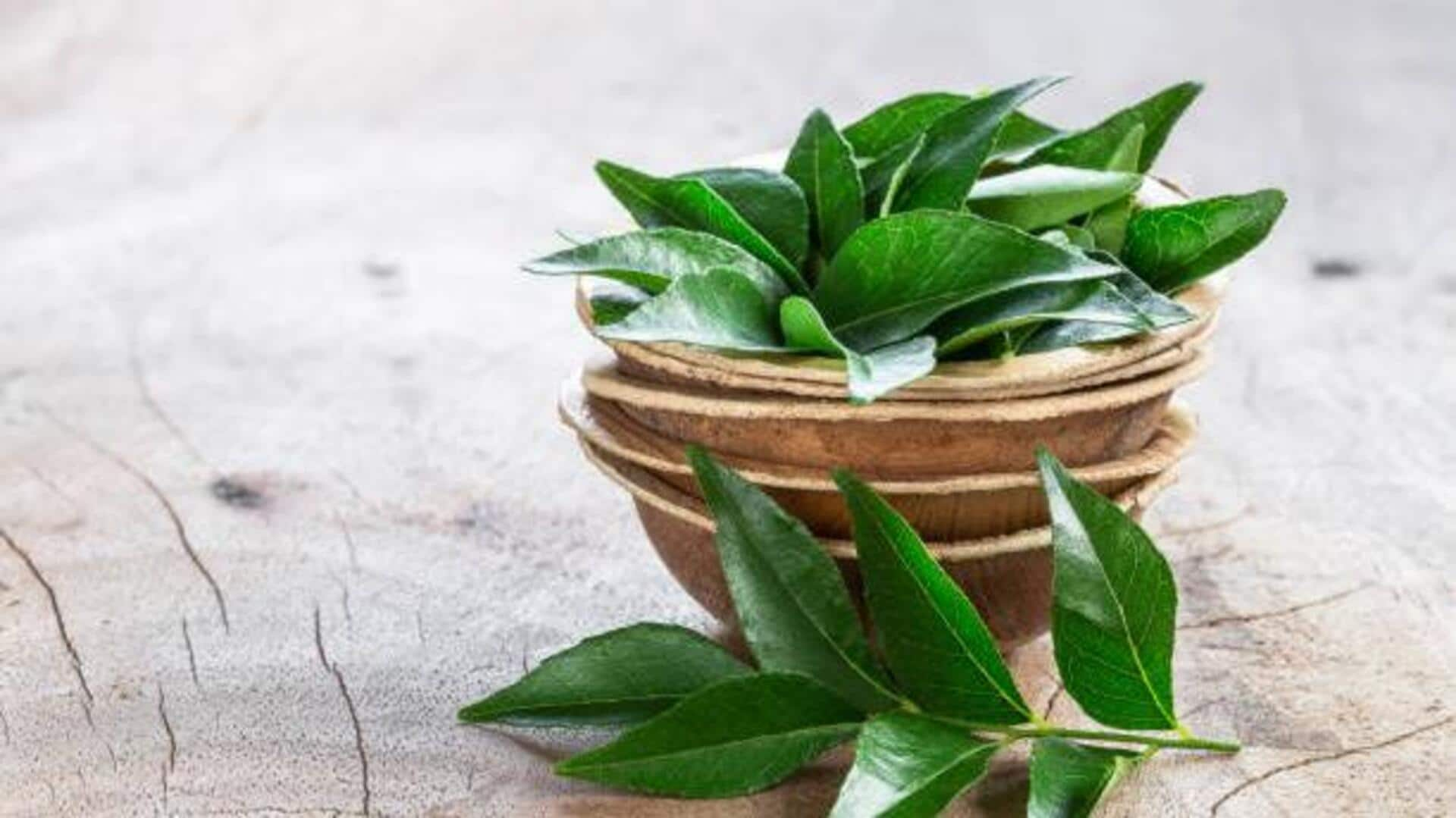
How to use curry leaves in cooking
What's the story
Curry leaves are a staple in many kitchens, thanks to their unique aroma and flavor. These leaves are not just used for seasoning, but also for adding depth to a variety of dishes. From soups to rice, curry leaves can make your everyday meals extraordinary. Here are five ways to use curry leaves in your cooking.
Tip 1
Infuse flavor in soups
Adding curry leaves to soups can give an aromatic twist that elevates the overall taste. By adding a few sprigs while simmering, you allow the essential oils to release, giving a subtle yet distinct flavor. This method is especially effective in lentil or vegetable soups, where the earthy tones of the leaves complement other ingredients well.
Tip 2
Enhance rice dishes
Curry leaves can take rice dishes like biryani or pulao to the next level. By tempering them with mustard seeds and other spices before adding rice, you create a fragrant base that enhances the dish's complexity. The leaves' natural oils mix with the rice, making every grain flavorful without overpowering the main ingredients.
Tip 3
Create aromatic chutneys
Incorporating curry leaves into chutneys adds an extra layer of depth and aroma. Simply blend fresh curry leaves with coconut or mint for a refreshing condiment that pairs well with dosas or idlis. The versatility of this combination makes it suitable for both spicy and mild chutneys, catering to different taste preferences.
Tip 4
Add depth to vegetable stir-fries
Vegetable stir-fries can greatly benefit from the addition of curry leaves. By adding them early in the cooking process, their flavor infuses with the vegetables, creating a harmonious blend of tastes. This technique works especially well with leafy greens or root vegetables, where the subtle bitterness of the curry leaves balances the sweetness of the other ingredients.
Tip 5
Infuse oils for cooking or dressing
Infusing oils with curry leaves is another creative way to use these aromatic leaves in your kitchen. Heat oil gently with fresh curry leaves until their essence is absorbed into the oil. This infused oil can then be used for cooking or as a dressing over salads and steamed vegetables, imparting an aromatic touch without altering traditional recipes too much.